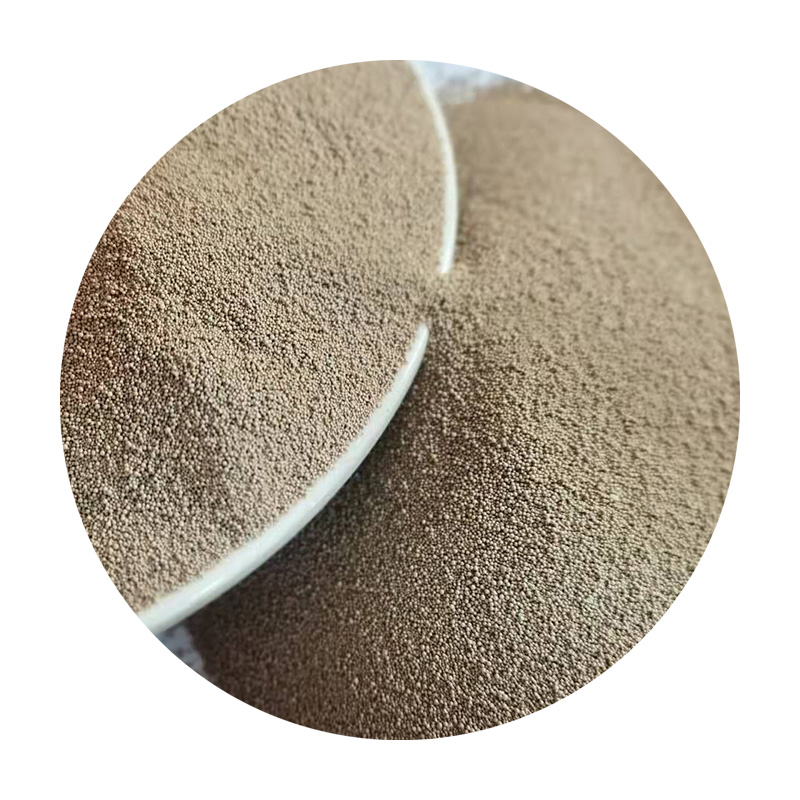Coated Sand An Essential Material in Modern Industry
In recent years, the demand for high-quality materials in various industries has increased significantly, leading to the development and use of specialized products. One such innovation is coated sand, a versatile material that has gained traction in multiple applications, especially in the foundry and construction industries. This article delves into the characteristics, manufacturing processes, benefits, and applications of coated sand, illustrating its importance in modern industrial practices.
What is Coated Sand?
Coated sand is a type of sand that has been treated with a specific coating material to enhance its properties. The coating typically consists of resin or other materials that provide additional strength, durability, and performance advantages. The primary purpose of coating sand is to improve its binding capabilities and to withstand the high temperatures and mechanical stresses that are often encountered in manufacturing processes, such as metal casting and concrete production.
Manufacturing Process
The production of coated sand involves several key steps. First, high-quality silica sand is selected and cleaned to remove impurities. Once the sand is prepared, it is mixed with a resin coating. This mixture is generally achieved in a controlled environment, which allows for consistent application of the coating. The resin-coated sand is then cured, usually through a heat process, which solidifies the coating and ensures that it adheres firmly to the sand particles. This curing process enhances the sand's mechanical properties and prepares it for various applications.
Benefits of Coated Sand
1. High Strength and Durability The primary advantage of coated sand lies in its enhanced strength and durability. With the resin coating, the sand can withstand higher temperatures and pressures, making it ideal for use in demanding environments such as metal casting foundries.
2. Improved Surface Finish Coated sand provides a smoother surface finish in castings, which is essential for many applications requiring precision and quality. This characteristic reduces the need for extensive post-processing work, saving time and costs.
coated sand

3. Reduced Environmental Impact The use of coated sand can reduce the need for additional binders or additives in some applications, decreasing the overall environmental footprint. Additionally, many manufacturers are working to develop eco-friendly resin solutions, further minimizing the impact of production.
4. Versatility Coated sand can be customized with different types of resins and additives, making it suitable for a wide range of applications. This versatility allows manufacturers to tailor the material's properties to meet specific demands.
Applications of Coated Sand
1. Foundry Industry One of the most significant applications of coated sand is in metal casting. Foundries use coated sand to create molds and cores due to its ability to provide excellent detail and dimensional accuracy, essential for producing high-quality castings.
2. Construction In the construction industry, coated sand is used in resin-bound paving systems, providing a durable and aesthetically pleasing surface. Its properties are beneficial for applications that require resistance to moisture and mechanical wear.
3. Oil and Gas Coated sand is also utilized in the oil and gas industry for hydraulic fracturing. The coated sand serves as a proppant, helping to keep fractures open during extraction processes, thus enhancing oil and gas production efficiency.
4. 3D Printing The rise of additive manufacturing has led to the adoption of coated sand in 3D printing applications. It allows for the production of complex geometries and detailed components that were previously challenging to achieve.
Conclusion
In conclusion, coated sand is a significant material that has transformed various industries through its enhanced properties and versatility. As technology advances and the demand for high-performance materials increases, coated sand is poised to play an increasingly vital role in manufacturing and construction processes. Its ability to meet the rigorous standards of different applications while allowing for customization and environmental considerations makes it an essential component in the future of industry. As we move forward, the continued innovation in coated sand technology will undoubtedly lead to new possibilities and efficiencies across various sectors.
Post time:нов . 11, 2024 21:17
Next:3d sand printing casting
